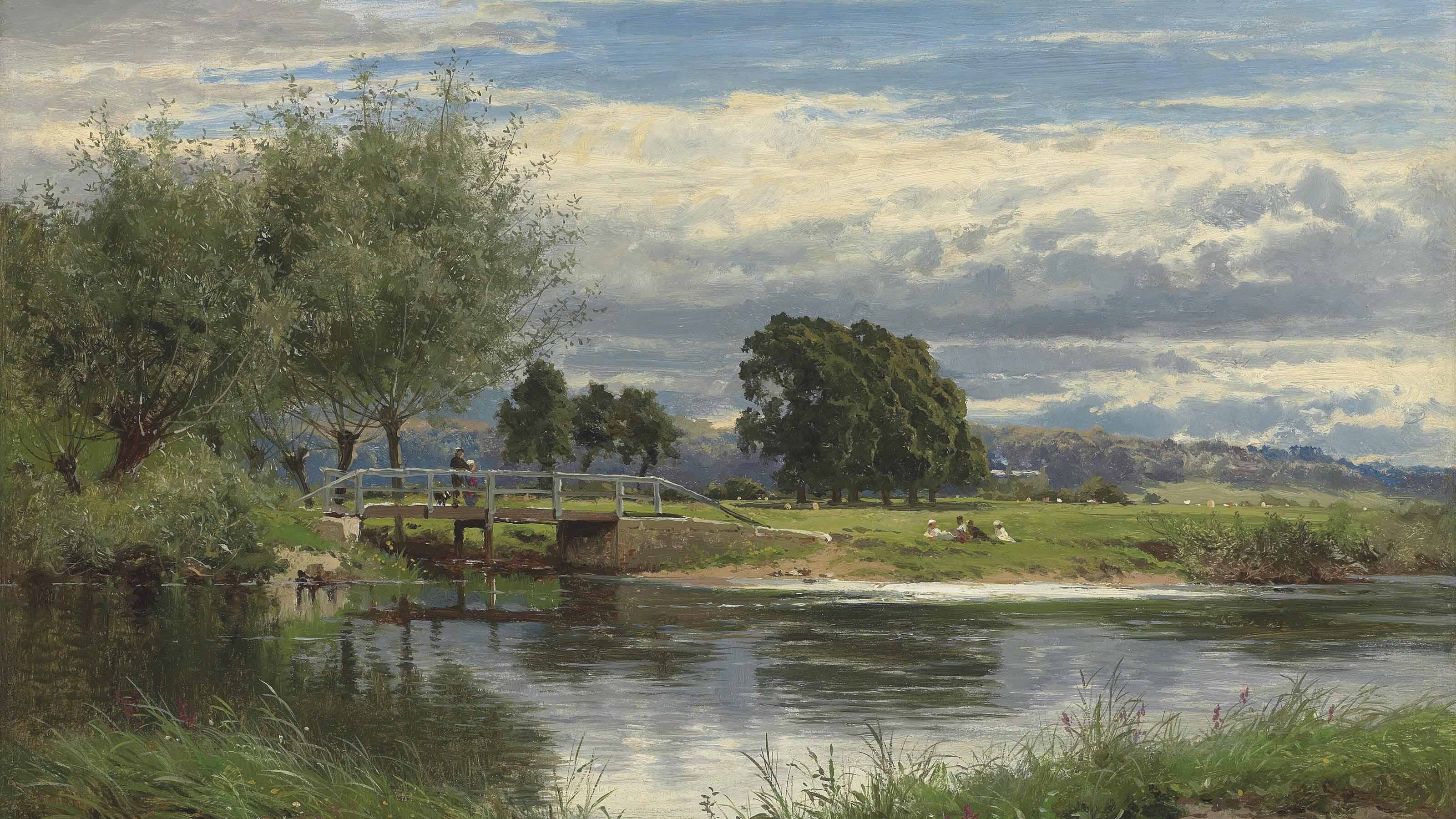It is hard to read the biography of English composer George Butterworth without imagining what might have been.
A close friend of Ralph Vaughan Williams, Butterworth traveled England’s “green and pleasant land,” collecting more than 450 folk songs. Butterworth’s music was influenced by these songs, and by the land itself.
Butterworth signed up for military service enthusiastically at the outbreak of the First World War. Before leaving home, he took inventory of his catalogue, destroying works that he considered to be unworthy. In 1916, at the age of 31, the Butterworth’s life was cut short in the trenches of Pozières, France as a result of a sniper shot. He had attained the rank of second lieutenant, and was posthumously awarded the Military Cross “for conspicuous gallantry during a raid on the enemy’s trenches.”
Composed in 1913, The Banks of Green Willow is a brief, shimmering “Idyll” for small orchestra. It is based on two English folk songs which Butterworth collected in 1907: The Banks of Green Willow and Green Bushes. Beginning with the plaintive voice of the solo clarinet, the music is serene and pastoral. Embellished fragments of the melody drift among the flute, solo violin, oboe, and horn.
The composer described the work as “a musical illustration to the ballad of the same name.” The ballad tells the story of a farmer’s daughter who falls in love with a young sea captain, becomes pregnant, runs away with him to sea, and ultimately drowns. The captain sings a lament to his true love who “shall be buried on ‘The Banks of Green Willow’.”
This recording features Sir Mark Elder and the Hallé Orchestra:
Recordings
- Butterworth: The Banks of Green Willow, Sir Mark Elder, Hallé Orchestra Hyperion Records
- Grant Llewellyn and the Royal Liverpool Philharmonic Orchestra
- Sir Adrian Boult and the London Philharmonic Orchestra
Featured Image: “Near Goring on Thames, Oxfordshire” (1874), Benjamin Williams Leader

